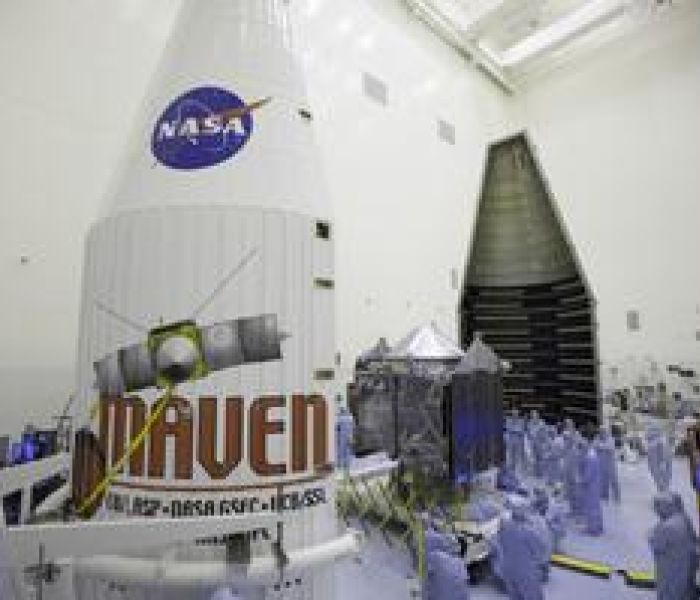CAPE CANAVERAL, FLA. — Plastics are headed back to Mars in the composite structure of the latest NASA satellite to study the planet.
TenCate Advanced Composites NV supplied the carbon fibre composite that is part of the MAVEN — which stands for Mars Atmosphere and Volatile Evolution — project. MAVEN headed into space during a Nov. 18 launch from Cape Canaveral.
MAVEN is specifically designed to collect data from Mars’ upper atmosphere, unlike other high profile projects such as the Rover. NASA officials noted in a Nov. 14 news release on the project that Mars once had surface water, but the atmosphere thinned and it lost that water. Scientists speculate that the sun may have played a role in allowing vital gases to escape from the atmosphere, but have not been able to confirm that.
“Mars is a complicated system, just as complicated as earth in its own way,” said Bruce Jakosky, the mission’s principal investigator. “You can’t hope, with a single spacecraft, to study all aspects and learn everything there is to know about it. With MAVEN, we’re exploring the single biggest unexplored piece of Mars so far.”
MAVEN is a 7.5-feet by 7.5-feet by 6.5-feet cube built out of composite panels made with an aluminium honeycomb core sandwiched between composite face sheets. The entire structure weighs 275 pounds, but was designed to support the entire spacecraft mass during launch.
It is expected to reach Mars’ upper atmosphere and begin its mission in September.



Comments